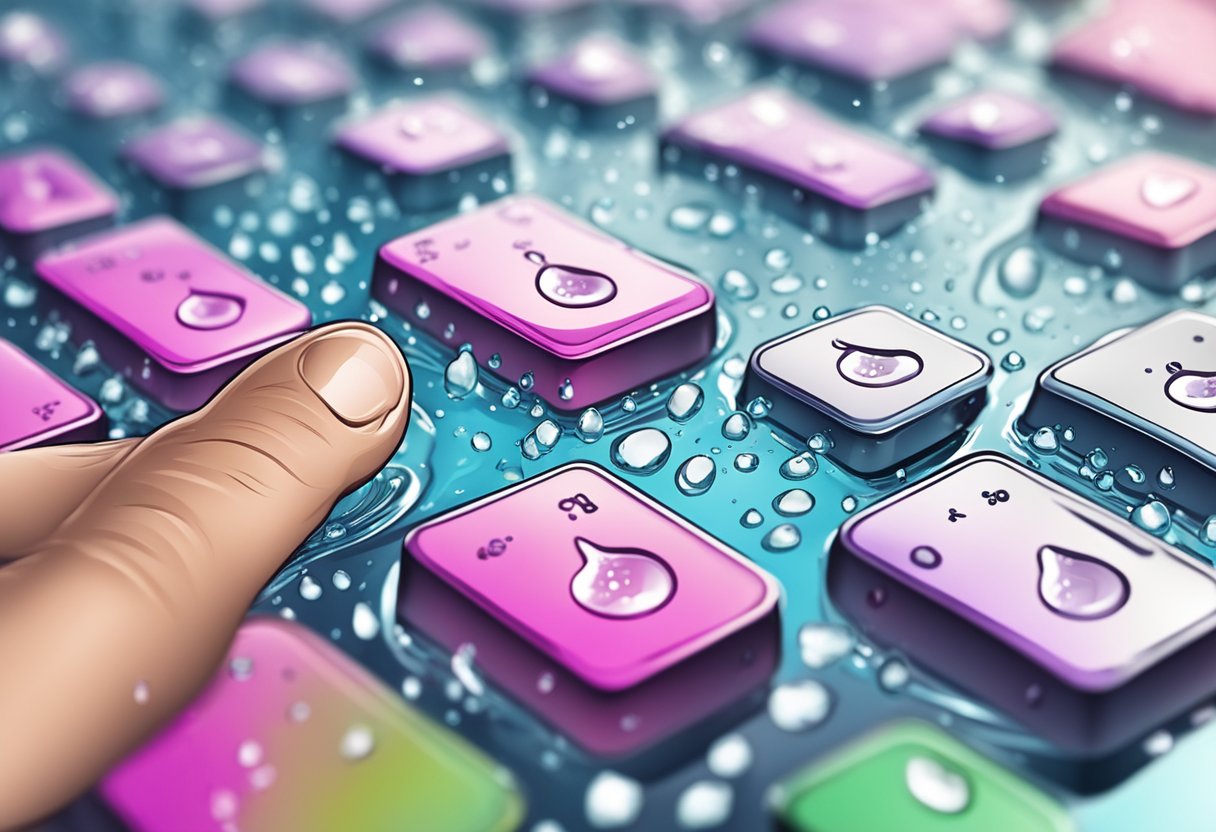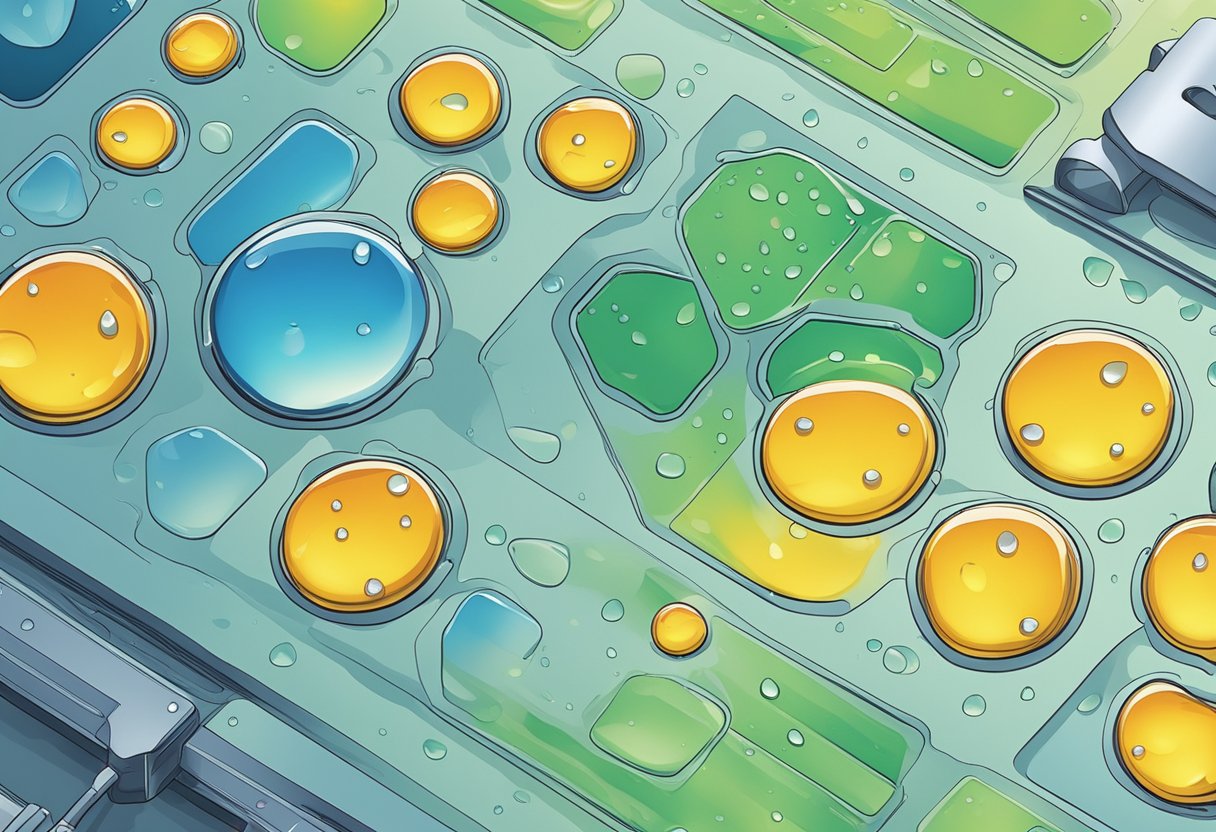Contact
Write to Us And We Would Be Happy to Advise You.
Do you have any questions, or would you like to speak directly with a representative?
By peter
If you’re looking for a reliable and durable user interface, then a Waterproof Membrane Switches is worth considering. These switches are designed to withstand exposure to moisture and provide a seamless user experience. They are ideal for outdoor applications, medical devices, and industrial equipment where the switch needs to be protected from the elements.

A waterproof membrane switch is a type of user interface that is sealed against moisture, dust, and other contaminants. It is composed of several layers of materials, including a graphic overlay, adhesive spacer, and circuit layer. The graphic overlay is the top layer that provides the user with a tactile response when they press a button. The adhesive spacer is a layer that separates the graphic overlay from the circuit layer. The circuit layer contains the conductive traces that make the switch work.
Waterproof membrane switches are essential components for devices that require a high level of protection against moisture and other elements. They are easy to clean, have a low profile, and can be customized to meet specific design requirements. With these switches, you can ensure that your device is protected from the elements, while still providing a user-friendly interface.

When it comes to designing a waterproof membrane switch, there are several key principles and material considerations that you need to keep in mind. In this section, we’ll cover the basics of these fundamental design principles and materials selection.
The design of a waterproof membrane switch is critical to the overall functionality and longevity of the switch. Here are some key design principles to consider:
Choosing the right materials is critical to the success of a waterproof membrane switch. Here are some key materials to consider:
By keeping these design principles and material considerations in mind, you can create a waterproof membrane switch that is durable, functional, and easy to use.
Manufacturing a waterproof membrane switch involves several intricate steps. The process starts with designing the graphic overlay and circuit layout. Once the design is finalized, the manufacturing process can begin.
The first step in the manufacturing process is printing the graphic overlay and circuit layer. The graphic overlay is typically printed on a polyester film using screen printing or digital printing. The circuit layer is printed on a flexible substrate using conductive ink.
After printing, the graphic overlay and circuit layer are cut to the desired shape using a die-cutting machine. Careful attention is paid to ensure that the cutting is precise and accurate.
Once the graphic overlay and circuit layer are cut, they are assembled with the spacer layer and rear adhesive layer. The spacer layer is typically made of a double-sided adhesive material that provides a gap between the graphic overlay and circuit layer. This gap allows for the dome switch to be depressed, which completes the circuit and activates the switch.
The assembly process involves carefully aligning the layers and pressing them together using a laminating machine. The final product is a waterproof membrane switch that is ready for testing.
Waterproof Membrane Switches The manufacturing process of a waterproof membrane switch is complex and involves several intricate steps. The process starts with designing the graphic overlay and circuit layout, followed by printing and cutting, and finally, assembly. Careful attention is paid to ensure that each step is precise and accurate to produce a high-quality product.
Waterproof membrane switches are used in a wide range of industries, from medical equipment to aerospace. They are designed to be reliable, durable, and easy to use. Here are some common applications and use cases for waterproof membrane switches:
Waterproof membrane switches are commonly used in medical equipment due to their ability to withstand harsh cleaning chemicals and sterilization processes. They are also ideal for use in environments where moisture and dust can be a problem. Examples of medical equipment that use waterproof membrane switches include patient monitoring systems, diagnostic equipment, and infusion pumps.
Waterproof membrane switches are also used in industrial equipment, such as control panels for manufacturing machinery and heavy equipment. They are designed to withstand harsh environments and can be customized to meet the specific needs of the equipment. In addition, they are easy to clean and maintain, making them ideal for use in industrial settings.
Waterproof Membrane Switches are used in a wide range of consumer electronics, such as smartphones, tablets, and remote controls. They are ideal for use in devices that are exposed to moisture and dust, as they provide a reliable and durable interface for users. In addition, they can be customized to meet the specific needs of the device, such as the number and layout of buttons.
Waterproof membrane switches are also used in aerospace applications, such as cockpit controls and avionics systems. They are designed to withstand extreme temperatures, high altitude, and other harsh conditions. In addition, they are lightweight and easy to use, making them ideal for use in aircraft and spacecraft.
Overall, Waterproof Membrane Switches are a versatile and reliable interface solution that can be used in a wide range of applications. Whether you are designing medical equipment, industrial machinery, or consumer electronics, a waterproof membrane switch can provide a durable and easy-to-use interface for your users.
Do you have any questions, or would you like to speak directly with a representative?